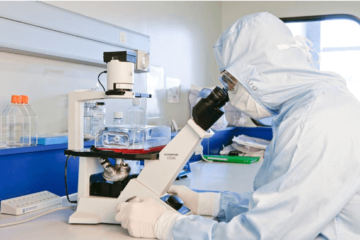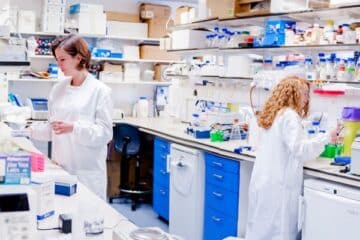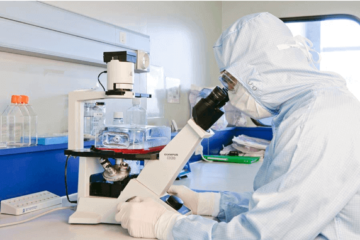Autologous iP Stem Cells – Based Vaccines Elicit Anti-tumor Responses
• iPSC vaccines target shared antigens between iPSCs and cancer cells • iPSC vaccines promote a humoral and cell-mediated anti-tumor immune profile • As an adjuvant cancer therapy, iPSC vaccination can reactivate the immune system Summary Cancer cells and embryonic tissues share a number of cellular and molecular properties, Weiterlesen















